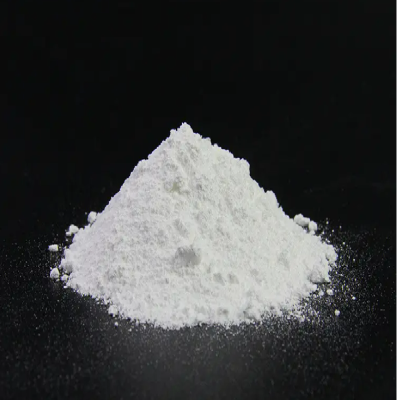The role of preservatives in cosmetic raw materials

Preservatives play a crucial role in the formulation of cosmetic raw materials. They are essential for several reasons:
1. Preventing Microbial Growth
The primary function of preservatives is to inhibit the growth of microorganisms such as bacteria, fungi, and molds. These microorganisms can contaminate cosmetic products, leading to spoilage and potential health risks for consumers. For example:
- Bacteria: Can cause infections and produce toxins.
- Molds and Yeasts: Can lead to product degradation and allergic reactions.
2. Extending Shelf Life
Preservatives help extend the shelf life of cosmetic products. Without preservatives, many products would spoil within weeks or even days after opening. By preventing microbial growth, preservatives ensure that products remain safe and effective for a longer period.
3. Maintaining Product Integrity
Preservatives help maintain the physical and chemical stability of cosmetic products. They prevent changes in the product's texture, color, and fragrance that can occur due to microbial activity. This ensures that the product remains consistent and effective throughout its intended use.
4. Ensuring Safety
Using preservatives helps ensure that cosmetic products are safe for consumers. Microbial contamination can lead to serious health issues, including skin infections, allergic reactions, and even systemic infections if the product is ingested or enters the bloodstream through cuts or wounds.
5. Regulatory Compliance
Many countries have regulations that require the use of preservatives in cosmetic products to ensure their safety. These regulations are in place to protect consumers from the potential risks associated with microbial contamination.
Common Types of Preservatives
There are several types of preservatives used in cosmetic raw materials, each with its own advantages and limitations:
- Parabens: These are widely used due to their broad-spectrum activity and effectiveness at low concentrations. Common parabens include methylparaben, ethylparaben, propylparaben, and butylparaben.
- Phenoxyethanol: This is a popular preservative known for its broad-spectrum antimicrobial activity and is often used in combination with other preservatives.
- Sodium Benzoate: This is a common preservative used in aqueous solutions. It is effective against yeasts and molds.
- Formaldehyde Donors: These release formaldehyde to inhibit microbial growth. Examples include bronopol and DMDM hydantoin.
- Isothiazolinones: These are effective against a wide range of microorganisms and are commonly used in personal care products. Examples include methylisothiazolinone (MIT) and benzisothiazolinone (BIT).
- Natural Preservatives: Some natural substances like grapefruit seed extract, rosemary extract, and essential oils are used as preservatives. However, their effectiveness can be more limited compared to synthetic preservatives.
Challenges with Preservatives
While preservatives are essential, they also come with some challenges:
- Allergic Reactions: Some individuals may have allergic reactions to certain preservatives, such as parabens or formaldehyde donors.
- Regulatory Concerns: There is ongoing debate and research about the safety of certain preservatives, leading to changes in regulations and consumer preferences.
- Formulation Challenges: Preservatives must be carefully formulated to ensure they are effective without causing irritation or other adverse effects.
Conclusion
Preservatives are indispensable in the cosmetic raw materials. They ensure the safety, stability, and longevity of cosmetic raw materials, protecting consumers from potential health risks associated with microbial contamination. The choice of preservative depends on the specific needs of the product, regulatory requirements, and consumer preferences.






